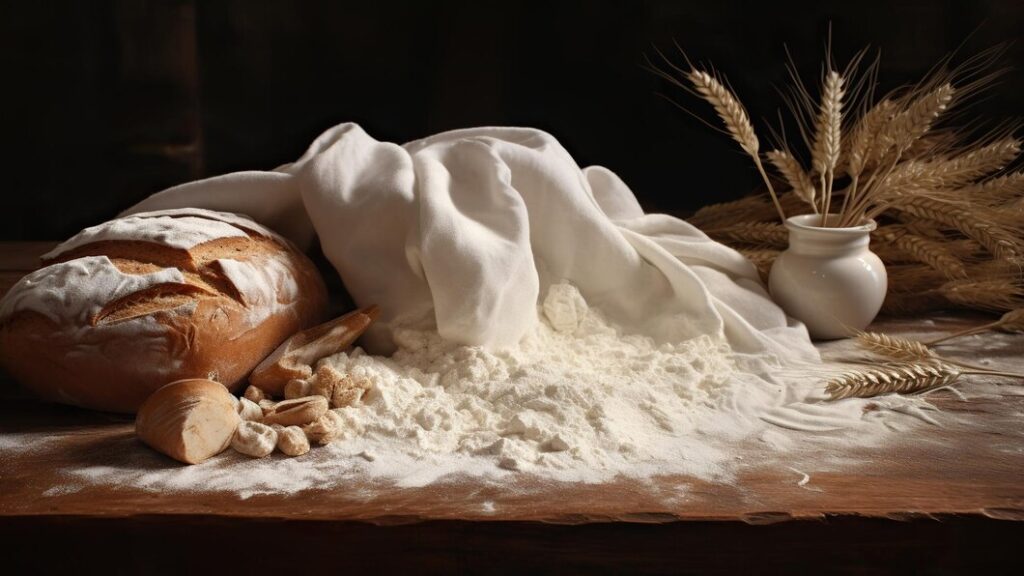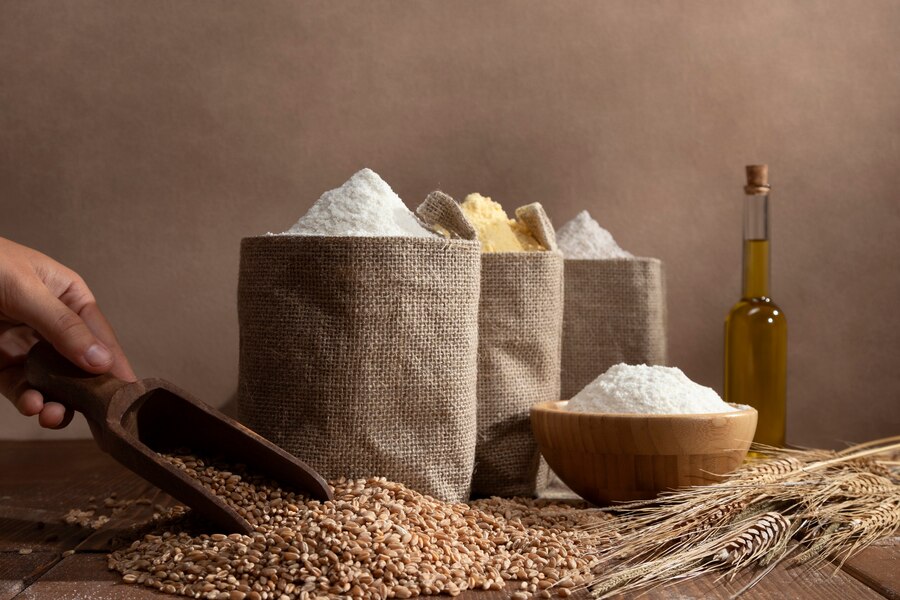The term ‘Перекалач‘ holds significant social and etymological importance, especially in the Slavic areas where it starts. As a word saturated with custom and history, investigating not exclusively its exacting significance yet in addition its relevant significance in different parts of life is fundamental. In this article, we expect to give a far reaching comprehension of ‘Перекалач,’ diving into its derivation, verifiable setting, current use, and its part in social practices.
Etymology and Origins of ‘Перекалач’
The word ‘Перекалач‘ is derived from ancient Slavic roots, where it originally referred to a specific type of bread or pastry. This bread, often round in shape, was traditionally prepared during significant cultural events and festivals. The name itself is a compound word, with ‘пере‘ meaning “over” or “through,” and ‘калач,’ referring to a type of twisted bread. This combination hints at the process of transformation or ritualistic passage, often associated with the bread’s preparation and consumption.
Historical Context: ‘Перекалач’ in Slavic Traditions
In verifiable settings, ‘Перекалач’ was something beyond a food thing; it was an image of thriving, solidarity, and coherence. In numerous Slavic societies, this bread was utilized during weddings, gather celebrations, and strict functions. It was believed that the act of breaking or sharing a ‘Перкалач‘ could forge bonds between individuals and bring good fortune to families. The bread’s roundabout shape addressed the cyclic idea of life, underscoring topics of restoration and time everlasting.
The planning of ‘Перекаач’ was much of the time a common movement, with relatives and neighbors meeting up to manipulate, shape, and heat the bread. This communal aspect further reinforced the bread’s role in symbolizing community strength and cooperation.
Modern Usage and Adaptation of ‘Перекалач’

While the traditional significance of ‘Переалач‘ remains in some regions, its usage has evolved over time. Today, ‘Перкалач‘ is often found in modern bakeries and is sometimes referred to as a twist bread or braided loaf. However, its symbolic importance is still recognized, especially during cultural festivals and traditional celebrations.
In contemporary settings, ‘Перекаач’ might be filled in as a component of a vacation feast or as a specialty thing during occasional occasions. Its unmistakable shape and rich flavor settle on it a well known decision for those trying to interface with their social legacy or basically partake in a novel and tasty bread.
The Role of ‘Перекалач’ in Cultural Preservation
As societies keep on developing, so do the images and practices that characterize them. ‘Перекалач’ fills in as a strong sign of the social legacy that ties networks together. In numerous ways, the proceeded with ubiquity of ‘Перекалач’ mirrors a more extensive pattern of social safeguarding, where people and networks try to keep up with their customs notwithstanding globalization and innovation.
In districts where ‘Переалач’ stays a huge social image, endeavors have been made to guarantee that the conventional strategies for readiness are gone down through ages. These endeavors incorporate culinary studios, social celebrations, and instructive projects pointed toward showing more youthful ages the significance of this conventional bread.
Culinary Techniques: How to Make ‘Перекалач’
For those interested in experiencing ‘Перекалач‘ firsthand, the process of making this bread is as rewarding as it is meaningful. Below, we outline the basic steps involved in preparing a traditional ‘Переалач‘:
- Ingredients: The basic ingredients for ‘Перекалач‘ include flour, water, yeast, salt, and sometimes milk or butter for richness. The mixture is frequently enhanced with eggs to give it a delicate surface.
- Manipulating and Molding: When the mixture is ready, it is plied until smooth and versatile. The mixture is then separated into strands, which are meshed or contorted into a roundabout shape.
- Sealing: The formed batter is permitted to confirmation, or ascend, in a warm spot until it duplicates in size. This step is essential for accomplishing the bread’s trademark light and vaporous surface.
- Baking: The sealed batter is then heated in a preheated broiler until brilliant brown. The baking system gives the bread its firm covering and delicate inside.
- Serving: Customarily, ‘Перекала’ is served warm, frequently with a spread of margarine or honey. It can likewise be matched with exquisite dishes, making it a flexible expansion to any dinner.
Cultural Significance Beyond the Slavic Regions

While ‘Перекалач‘ is predominantly associated with Slavic cultures, its appeal has spread to other regions as well. In certain areas of the planet, varieties of ‘Перекаач’ have been adjusted to nearby preferences and customs, prompting a different cluster of territorial translations of this customary bread.
For example, in certain areas, ‘Перекаач’ has been integrated into combination cooking, where it is joined with modern fixings to make creative new dishes. This diverse variation features the bread’s general allure and its capacity to rise above social limits.
Frequently Asked Questions (FAQs)
What is the significance of ‘Перекалач’ in weddings?
In traditional Slavic weddings, ‘Перекалач‘ symbolizes unity and prosperity. The bread is frequently divided between the lady, man of the hour, and visitors as an indication of favorable luck and concordance in the marriage.
How is ‘Перекалач’ different from other types of bread?
‘Перекалач‘ is unique in its braided shape and cultural symbolism. Dissimilar to standard bread, it is frequently connected with explicit customs and functions, making it something other than a food thing.
Can I find ‘Перекалач’ outside of Slavic regions?
Yes, ‘Перекалач‘ has gained popularity beyond Slavic regions, and variations of it can be found in bakeries around the world. However, the traditional methods and symbolism may vary.
How long does it take to make ‘Перекалач’?
The most common way of making ‘Переклач’ ordinarily requires a few hours, including time for manipulating, sealing, and baking. The specific time might change relying upon the recipe and the size of the portion.
Conclusion: Preserving the Legacy of ‘Перекалач’
‘Перекалач‘ is more than just a type of bread; it is a symbol of cultural identity, unity, and tradition. As we keep on embracing innovation, it is crucial for safeguard and praise the rich legacy that ‘Переклач’ addresses. By figuring out its verifiable setting, social importance, and the careful cycle engaged with its planning, we can guarantee that this conventional bread stays a treasured piece of our aggregate social cognizance.

